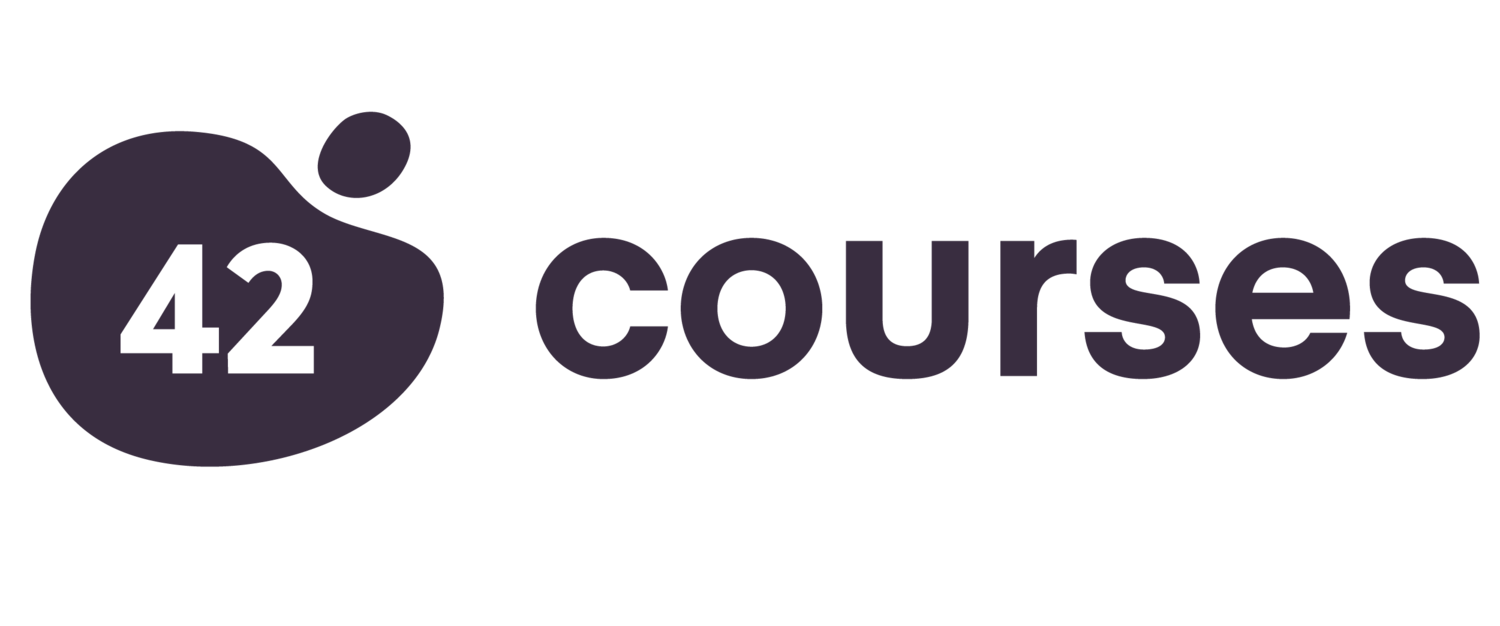John Cleese on Creativity
“A wonderful thing about true laughter is that it just destroys any kind of system of dividing people.”
John Cleese is many things: comedian, actor, writer, professor, and - let’s not forget - a towering 6ft 5” giant of creativity.
But beyond making the world laugh with Monty Python and Fawlty Towers, Cleese has spent decades studying the mechanics of creativity itself.
What is it? How do we access it? And, perhaps most importantly, why do so many of us struggle with it?
For those who love a good intellectual romp with a side of mischief, here’s a whistle-stop tour of some of Cleese’s most insightful talks on creativity - each one a delightful blend of wit, wisdom, and laugh-out-loud jokes.
1991: Creativity Is Not a Talent, It’s a Way of Operating
In this now-legendary speech, Cleese introduces the idea of ‘open’ and ‘closed’ modes of thinking.
Creativity, he argues, is not something you’re born with but rather something you access - primarily through play. With some great ‘lightbulb’ jokes thrown in such as:
“How many American TV executives does it take to change a lightbulb?”
“Does it have to be a lightbulb?”
How many psychiatrists? Just one—but the lightbulb really has to want to change.
Read the speech here.
Or (37 mins well spent, we promise) watch it here.
2008: Where Do Ideas Come From?
At The Creativity World Forum in Antwerp, Cleese tackled a question as old as time: Where do ideas actually come from?
His answer? A delightful piece of nonsense:
“I get them from a Mr. Ken Levingshore in Swinden. He sends them to me every Monday morning on a postcard.” Ken, in turn, gets them from a lady called Mildred Spong. Mildred refuses to reveal her source.
The point? We don’t know where ideas come from, but we do know one thing: They don’t come from our laptops.
2020: Creativity, Political Correctness, Monty Python, and Artichokes
In a conversation with The New Yorker’s Michael Schulman, Cleese described his and Graham Chapman’s unique approach to idea generation:
“When we couldn’t figure out what to write about, we’d take a thesaurus and I’d read words out. He’d say, ‘Cucumber.’ ‘Cucumber? Hmm. No.’ ‘All right. Plummet.’ He said, ‘I like plummet.’ ‘So do I. It’s a funny word.’ Pffffft . . . splat! ‘So what would plummet?’ He said, ‘A sheep would plummet, if it tried to fly.’ Then we had the sketch.”
A masterclass in playful association. Read the whole interview here.
2021: Creativity at Nudgestock (ft. Rory Sutherland)
Cleese sat down with behavioural economics legend Rory Sutherland to discuss why creative people make non-creative people deeply anxious.
Topics covered:
How Bernard Berenson could always spot a fake painting.
Why open-plan offices are a creativity killer.
The strange fact that businesses love innovation - but only in theory.
35 marvellous minutes of insight, available here.
2022: Creativity, Humour, and the Meaning of Life
In three videos totalling about 18 minutes, Cleese and Dr. Iain McGilchrist explore some of the biggest threats to creativity today:
What is the greatest enemy of creativity?
Why humour is being crushed by “left-brain” groupthink.
And - an overlooked gem - why has no one ever written a sitcom about St. Francis of Assisi?
One viewer summed it up best: “Listening to these two old codgers having thoughtful and sane discussions is nourishing in ways I had never imagined.”
Spot on.
Watch Part 1 here. Watch Part 2 here. Watch Part 3 here.
In a world obsessed with efficiency, creativity often feels like a luxury.
But as Cleese has spent decades proving, it’s not a talent - it’s a way of thinking. It’s the ability to step away from the obvious, embrace the absurd, and allow ideas to collide in unexpected ways.
So, if you want to become more creative - after all, it is one of the most important skills you can learn - then check out these two brilliant courses:
Creative Thinking - A step-by-step guide to thinking more creatively.
Creative Leadership - Use creativity to unlock your leadership potential and run high-performance teams.
Enjoy becoming a more creative you. ⚡️







